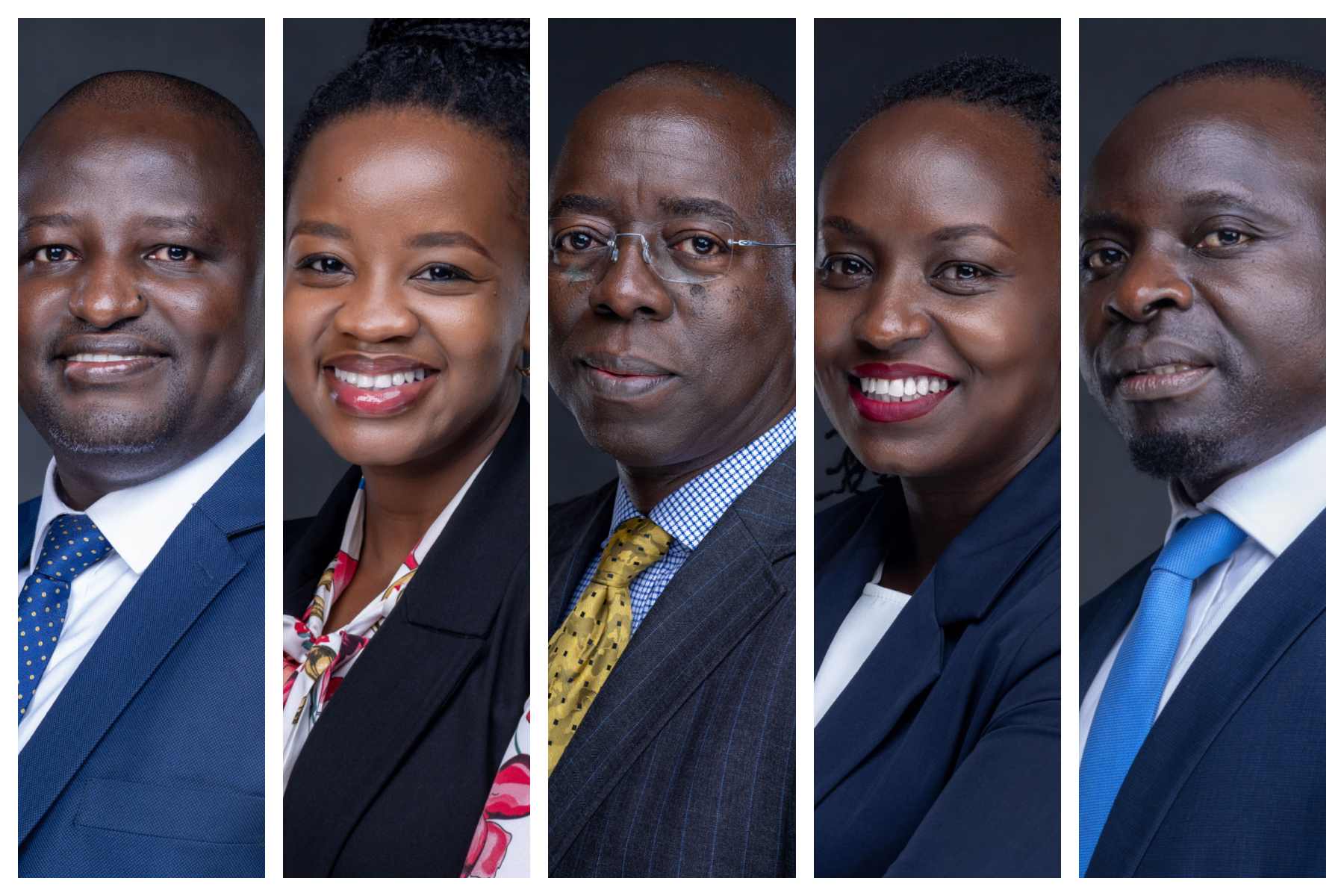Ahead of the fintech’s 3rd anniversary, CEO East Africa Magazine’s Executive Editor, Muhereza Kyamutetera, spoke to Richard Yego as well as Jemima Kariuki-Njuguna, the Chief Product Officer; Stephen Mutana, the…
3 years after being spun off the parent company, MTN Mobile Money is emerging into Uganda’s largest fintech This April, MTN Mobile Money (U) Limited (MTN MoMo) released its financials for the year ended December 2023 showing continued strong double-digit growth across all key pillars such as revenue, net profit and active customers. The 2023 results are the second full-year results since the company was as a regulatory requirement, spun off as a standalone fintech, from the parent MTN Uganda in June 2021. The results are also the second full-year results since Richard Yego became the fintech's first substantive CEO in February 2022.


